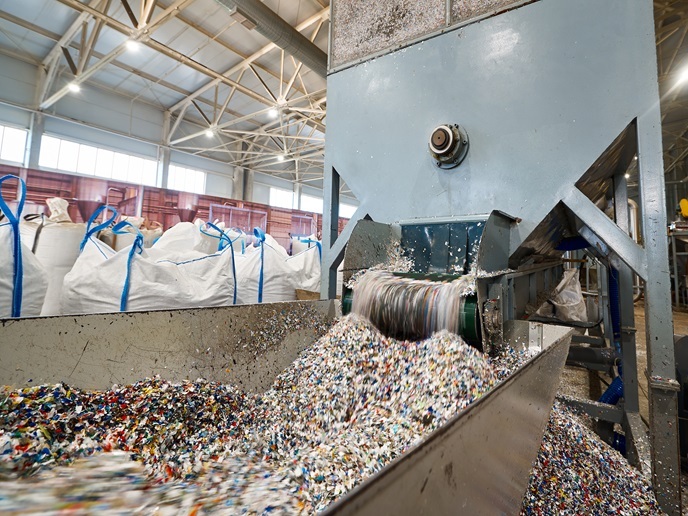Making curved composites the PUL-AERO way
Composite carbon-fibre polymer materials are now an important structural element of aircraft, so being able to produce lighter, lower cost and higher quality composites would be a big advance for the aerospace industry. The EU funded PUL-AERO (High quality curved aerospace composites using pultrusion manufacturing) consortium has been working on achieving this with a new advanced pultrusion production process to produce the kinds of curved composites needed in aeronautics. Pultrusion is a continuous moulding process whereby reinforcing fibers are saturated with a liquid polymer resin and then carefully formed and pulled through a heated die to form a part. ‘Normally pultrusion is considered as a "black art", but we have been working over the last 10 years to bring much more science into the manufacturing process,’ says PUL-AERO project co-ordinator John Hartley of Exel Composites in the UK. ‘The PUL-AERO project is developing additional technology to satisfy the stringent quality requirements for Aerospace as well as being able to manufacture not only straight parts but also curved sections.’ The PUL-AERO project which is made up of industry partners in the UK, Greece, Israel and France as well as Cranfield University, UK, has designed an advanced pultrusion production line. Using pultrusion processes it can be difficult to manufacture curved parts, particularly with aerospace grade epoxy resins, which require careful temperature control and slow curing. The project worked on modelling the process and produced a commercial simulation platform. One important aspect was the modelling of the distortion that occurs in the pultrusion process which is crucial for designing curved parts. The new pultrusion line design also integrates new resin injection equipment that work at low flow rate and includes sensor systems to monitor resin flow and pressure. One major advance has been an on-line real-time quality assurance system to carry-out non-destructive testing (NDT) of the composites once formed. ‘Previously, all profile production was NDT tested by the customer, which was very expensive in both time and cost. The principal idea is for us to be able to NDT test on-line as we are making the profile. This results in a win-win situation,’ explains Hartley. Testing this way has the obvious advantage that any problems can be corrected and resolved immediately, ‘We don’t have to ship the profile half way around the world to be tested and then find it fails,’ says Hartley. ‘A cost saving comes from being able to immediately establish if there is a problem with the production.’ The process has been tested and verified by project partners, both producers and end users. Current manufacturing methods are limiting the use of curved carbon-fibre reinforced polymer composites, due to a lack of automation, very high capital equipment costs and the need for highly skilled workers. The proposed new production process is likely to help them finally become cost-effective at aerospace quality standards. Currently the leading composites company, Exel Composites, is building a new aerospace designated facility that will include a new pultrusion machine, including the equipment and technology developed in the PUL-AERO project. Full production will start in mid-2017.







